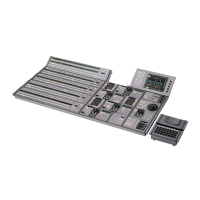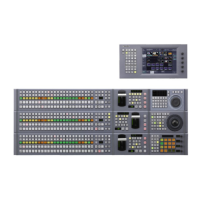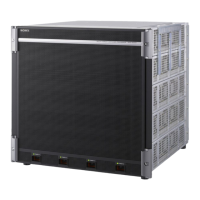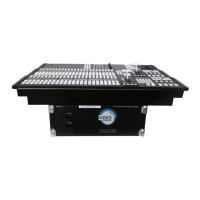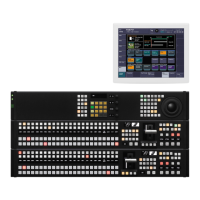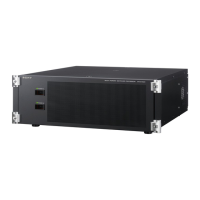Chapter
1
MVS-8000X/7000X
Functions
is termed the “key fill.” The system component
responsible for processing a key is referred to as a keyer.
Each switcher bank has eight keyers, each providing the
same functionality.
On each switcher bank, you can use the following key
types (methods of processing the key source).
•
Luminance key
•
Linear key
•
Color vector key
•
Chroma key
•
Wipe pattern key
•
Key wipe pattern key
Key modifiers
You can apply borders and other modifiers to the edge of
the key image.
Masks
A mask allows a part of the image to be replaced by the
background or a key. To prevent unwanted holes in the
background, or if a key is not the desired shape, you can
correct this with a mask.
Resizer
This function allows you to apply effects, similar to a
DME, such as zoom, movement, or aspect ratio change to
a part of a created key. You can use the following
operations.
•
Two-dimensional transform of a key
•
Rotation of keys
•
Resizer interpolation settings
•
Resizer crop/border settings
•
Resizer effect settings (wide key border, drop shadow,
edge enhancement, mosaic, defocus, mask)
For details, see “Keys” (page 123).
Wipes
A wipe is a transition from the current video stream to a
new video stream, using a wipe pattern.
Changing the background by means of a wipe is referred to
as a “background wipe,” and inserting or deleting a key
with a wipe is termed a “key wipe.”
There are two types of wipe: those that can be selected in
a common transition, and those that can be selected in an
independent key transition.
The patterns that can be used for a wipe are as follows.
•
Standard wipe patterns
•
Enhanced wipes
•
Rotary wipes
•
Mosaic wipe pattern
•
Random and diamond dust wipe patterns
You can combine two selected patterns (referred to as
“main” and “sub”) to create a new pattern (pattern mix).
You can also specify the wipe direction, or set the pattern
position, applying various changes and modifiers to the
selected wipe pattern.
For details, see “Wipes” (page 163).
DME Wipes
A DME wipe is a wipe transition that uses a DME effect to
change from one video image to the next.
There are two types of DME wipe: those which can be
selected for a normal transition, and those which can be
selected for an independent key transition.
The patterns that can be used for a DME wipe are as
follows.
Slide, Squeeze, Split, Door, Flip tumble, Mirror,
Sphere, Character trail, Wave, Ripple, Page turn, Page
roll, Frame in-out, Picture-in-picture, 2D trans, 3D
trans, Sparkle, Split slide, Mosaic, Defocus, Brick, and
User programmable DME
You can also specify the wipe direction, or set the pattern
position, applying various changes and modifiers to the
selected DME wipe pattern.
Resizer DME wipes
Using the resizer, you can carry out key DME wipes.
For details, see “DME Wipes” (page 183).
Frame Memory
Frame memory is a function for using a still image or video
(frame memory clip) as material for editing.
You can create a still image by capturing a frame of input
video or a clip by specifying a range of input video. The
created images and clips can be written to memory for
playback, editing, and output.
For details, see “Frame Memory” (page 202).
Color Backgrounds
This function can be used to obtain color background
video.
Two color signals generated from the dedicated generators
can be switched or mixed, and then output.
For details, see “Color Background” (page 228).
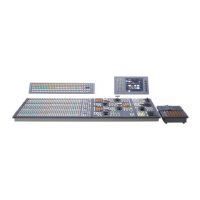
